Amplifying Innovation: Diodes Incorporated’s Piezo Sounder Drivers

Diodes' piezo sounder drivers stand out as a powerful solution for modern audio signaling applications.
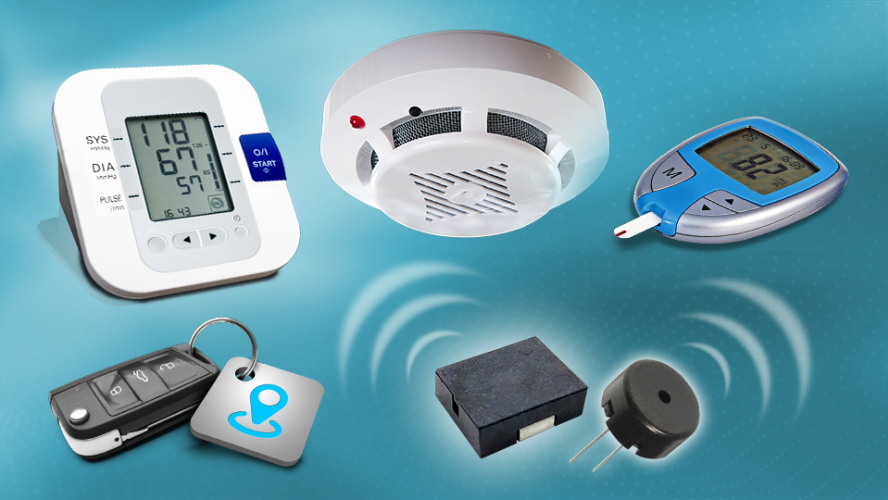
Diodes' piezo sounder drivers stand out as a powerful solution for modern audio signaling applications.
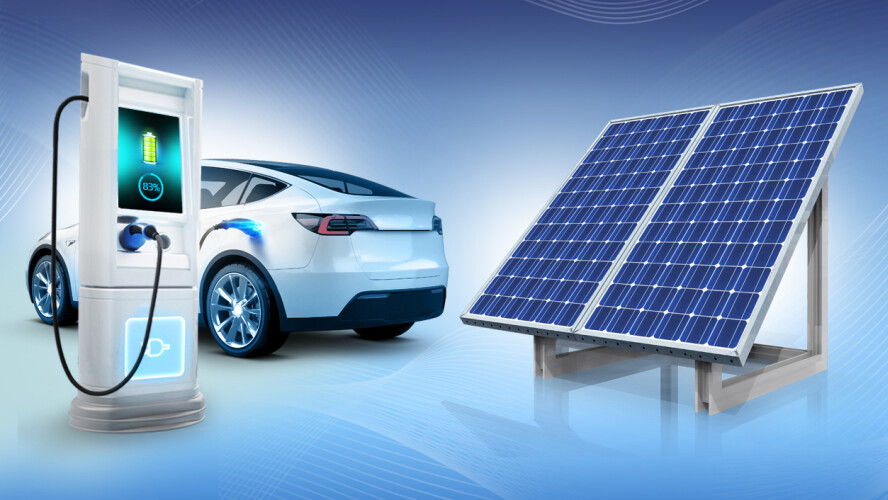
CMTI is the difference between a robust, reliable system and one plagued by glitches and failures. With Diodes’ RobustISO™ isolators, you can design with confidence, even in the most demanding environments.

At Diodes Incorporated, Time-Dependent Dielectric Breakdown (TDDB) is a foundational reliability metric used to validate the long-term performance of our RobustISO™ isolation portfolio.
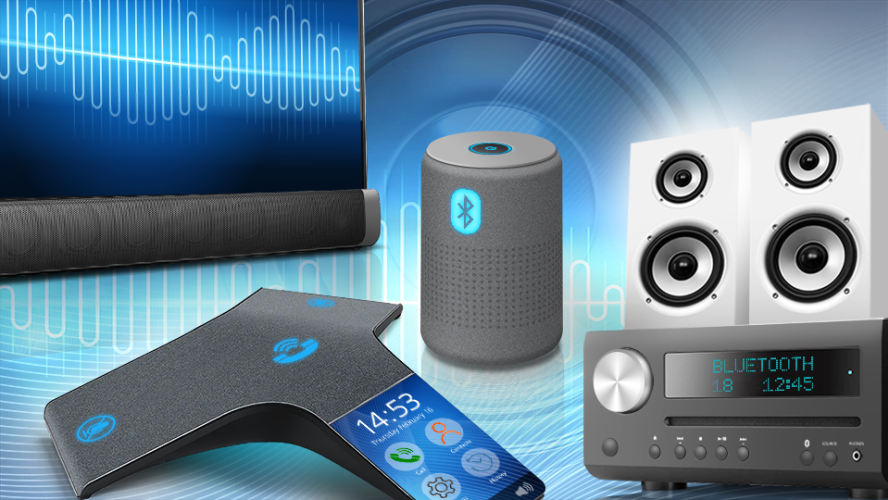
With integrated digital interfaces, advanced signal processing, and scalable power options, the PAMS58xx series empowers designers to build smarter, more efficient audio systems across a wide range of applications.
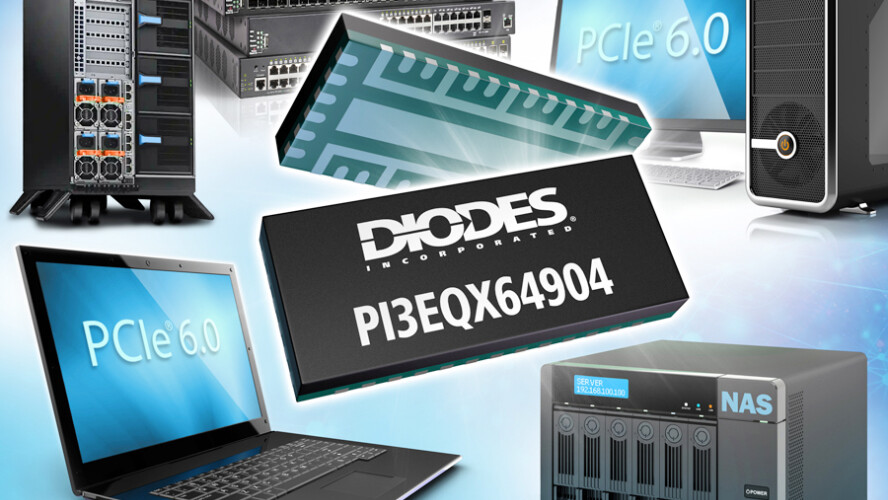
As the industry transitions to PCIe 6.0, Diodes' PI3EQX64904 ReDriver™ provides the high bandwidth, low latency, and enhanced signal quality that system designers demand.
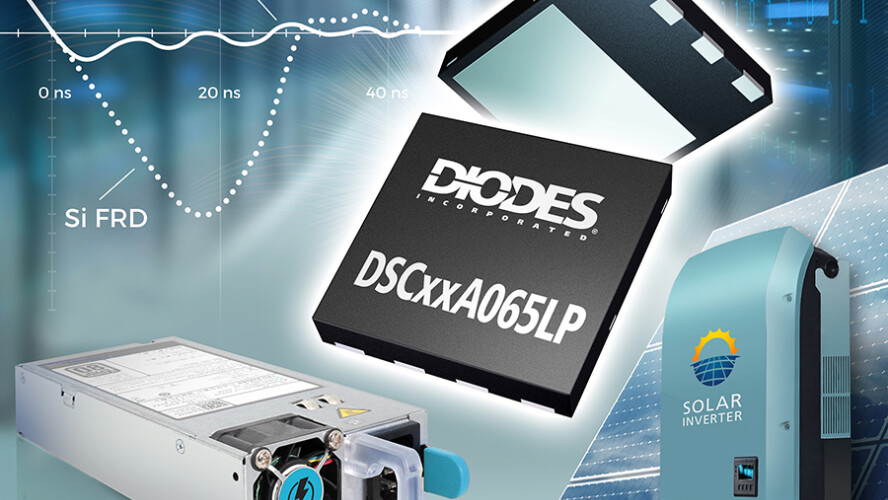
As minimizing losses is crucial for optimizing the performance of power-systems, SiC Schottky diodes have emerged as key components in achieving this objective.
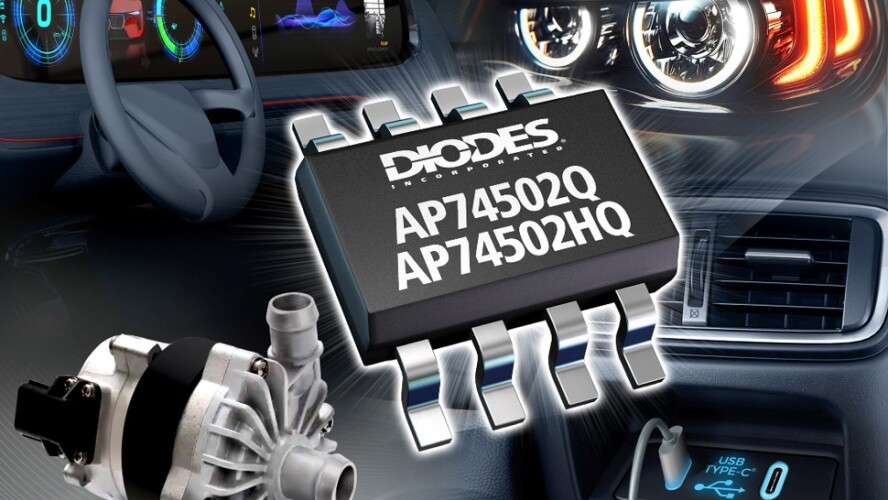
Widely used in automotive system designs, Diodes Incorporated offers ideal diode controllers that meet the rigorous standards for ISO 7637-2 transient pulses and ISO 16750-2 load dump suppression.
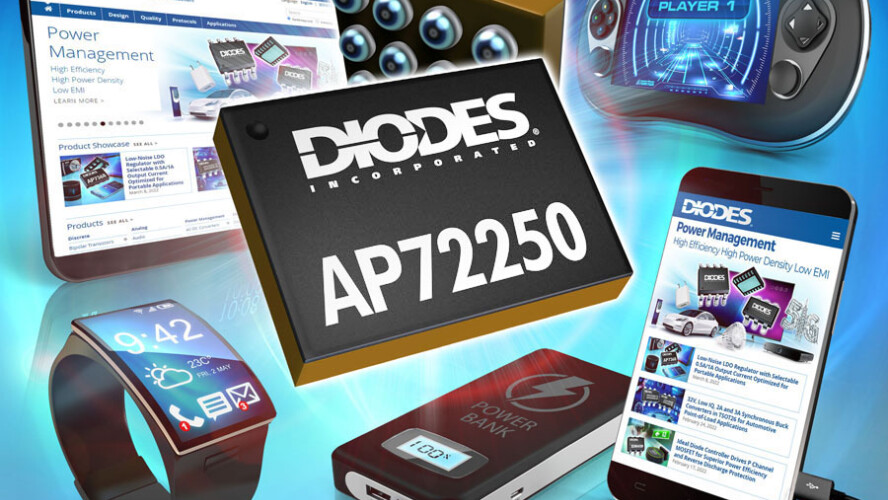
For sensors to use the least possible power in flexible and compact solutions, design engineers look to Diodes' load switches and converter power systems.
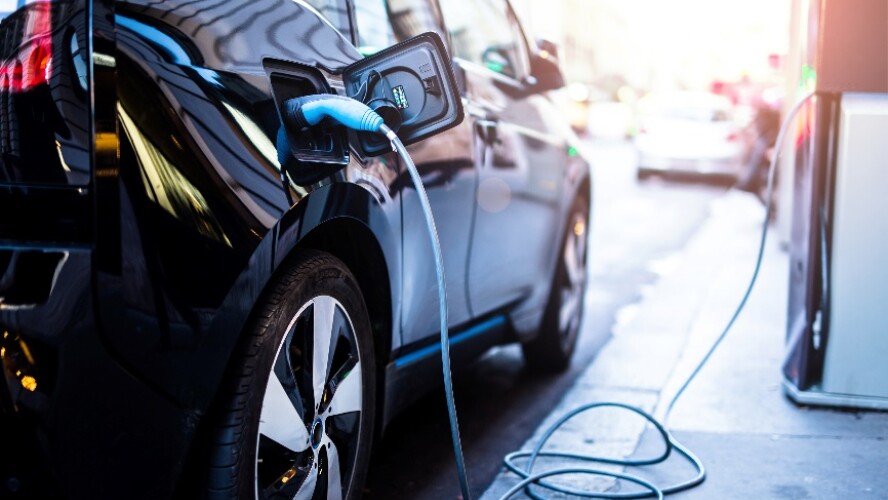
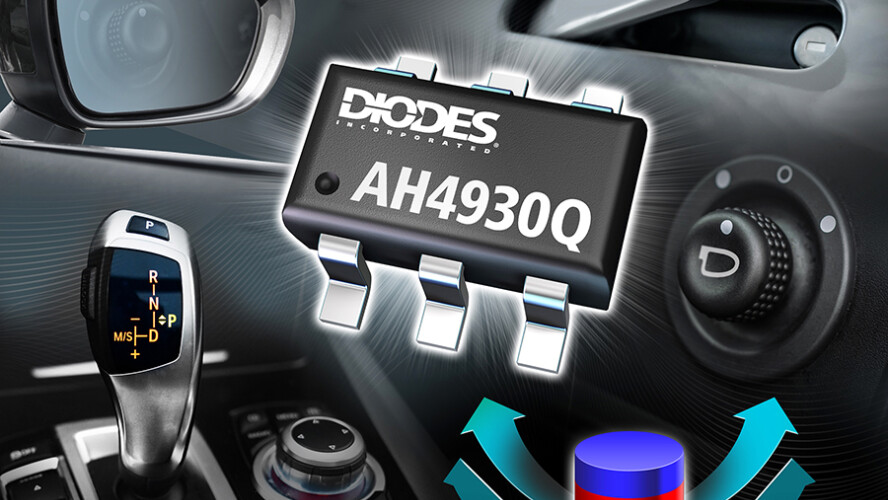
As cars continue to increase in complexity, automotive designers must provide reliable and accessible controls to prevent drivers and passengers from becoming overwhelmed.